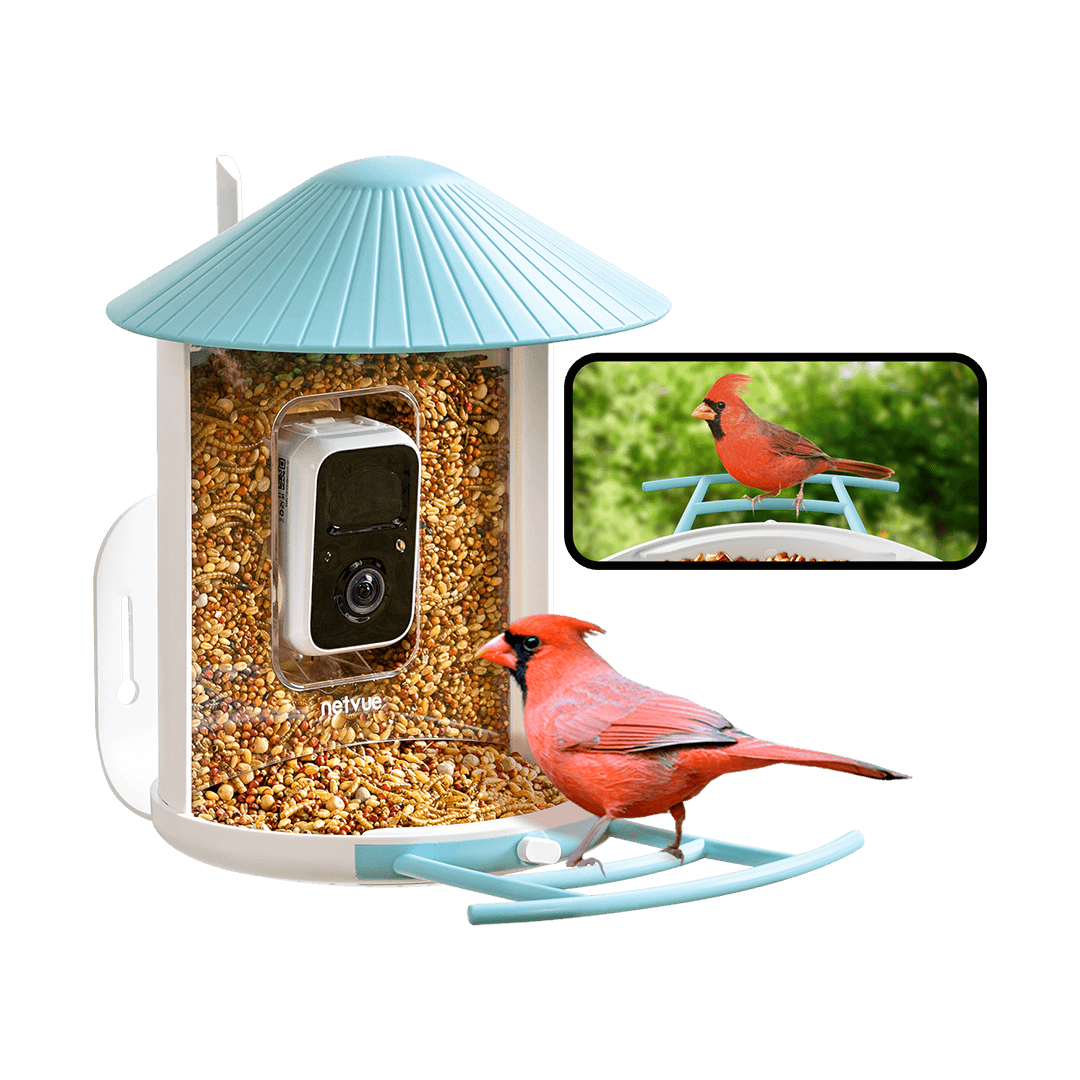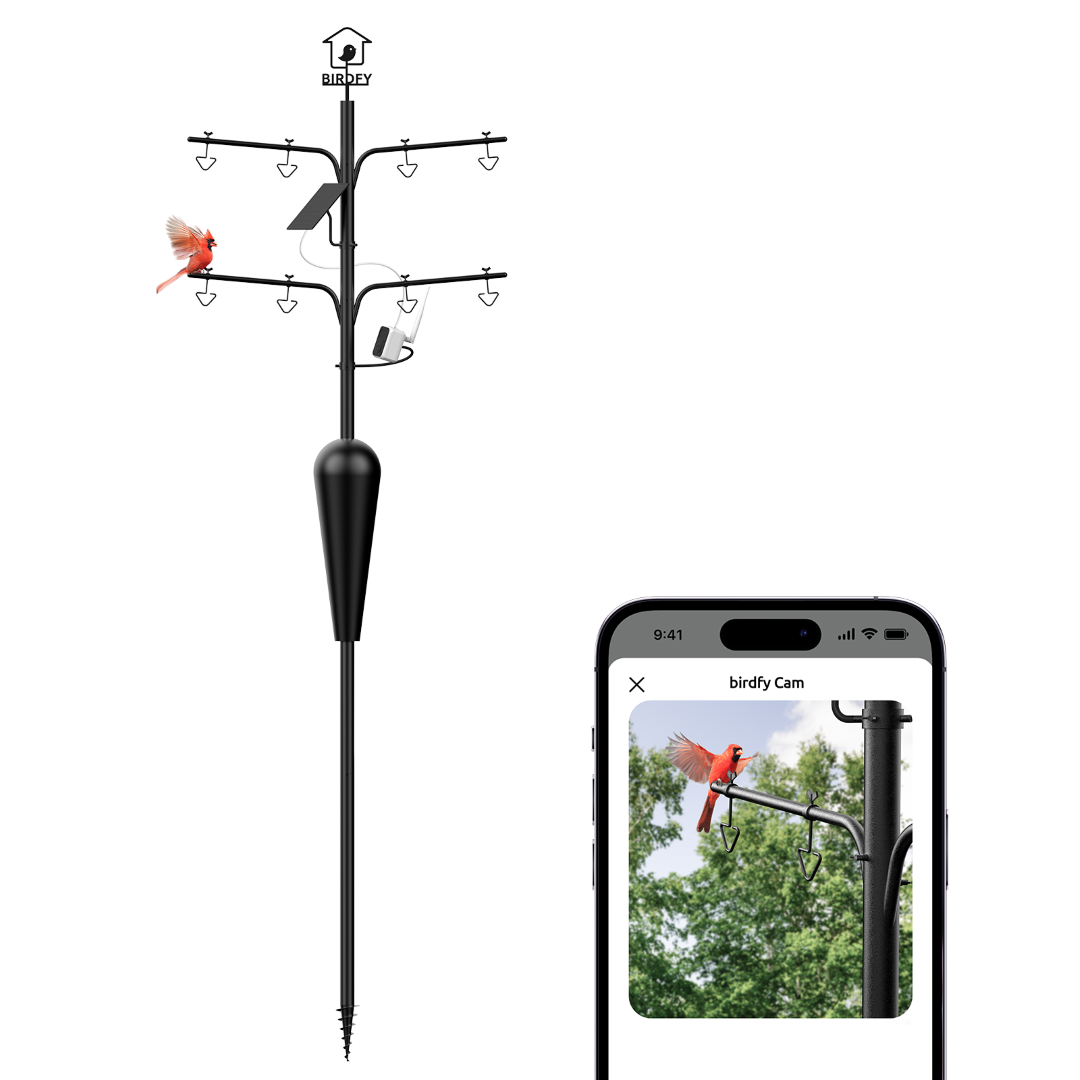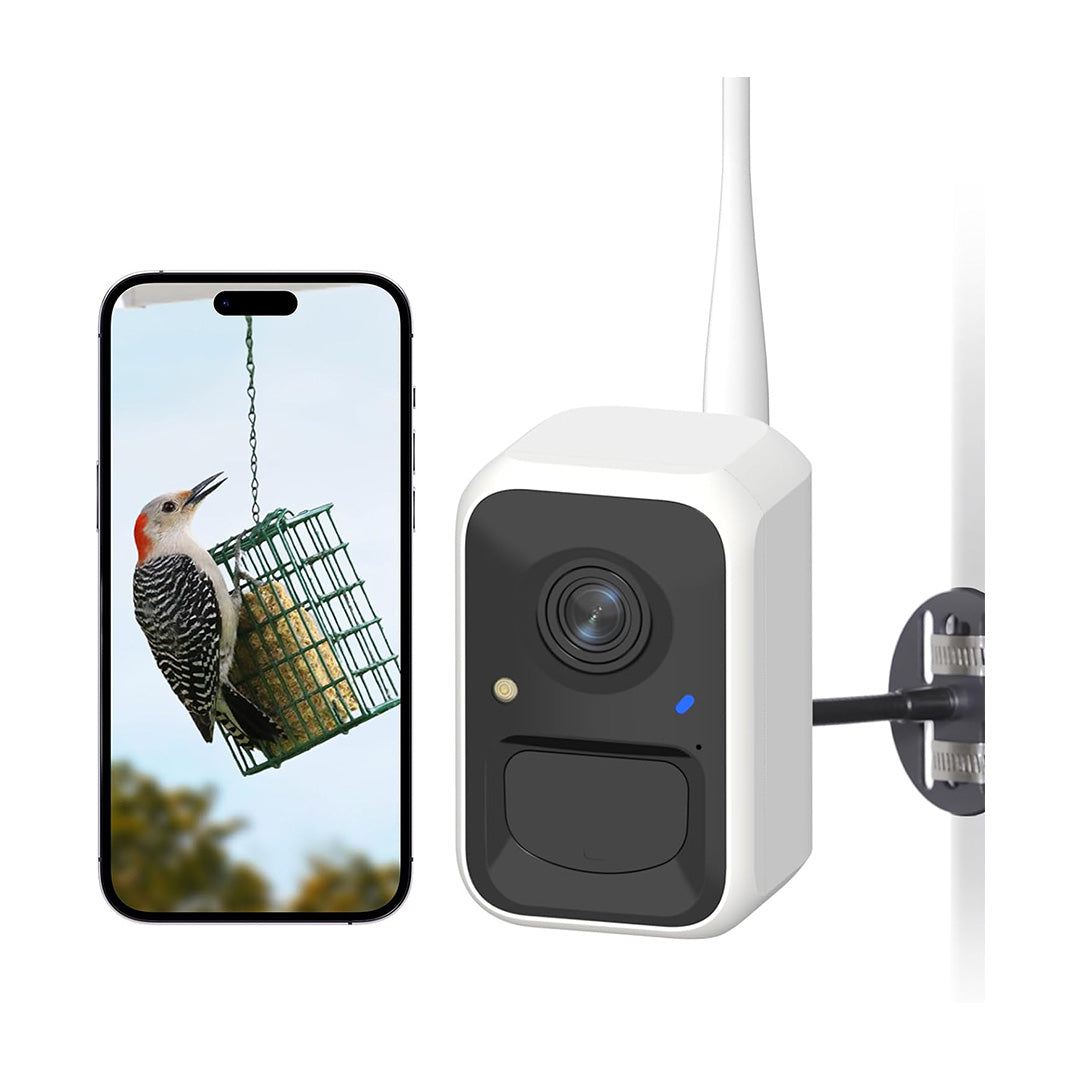BIRD MIRGATION
As we are in the middle of fall migration, many migratory birds are moving southward to their wintering grounds. In my favorite local birding spots in North Central Florida, there are increasing records of migrants, including some very beautiful warblers such as Magnolia and Blackburnian Warblers. While it is nice to see resident species such as Northern Cardinals and Blue Jays, it has always been more exciting for me to find migratory birds.
Broadly speaking, migration refers to the cyclic movement of an animal between places of departure and arrival. Most of us are familiar with latitudinal migration. During such migration, birds fly to the tropics to spend the winter because the climate in North America is becoming too harsh for them to live. When North America becomes warm and filled with food resources next spring, these birds will then fly back north to breed. Apart from latitudinal migration, birds can also undergo other types of migration such as elevational migration, in which they move down to low elevation to spend the winter and move back up to high elevation to breed.
Research has shown that photoperiod (day length) and sunlight intensity are some of the factors. The changes in these two environmental variables trigger changes in birds’ pituitary, which then speeds up gonad development and other metabolic processes. Birds will then need to accumulate a significant amount of fat as an energy reserve for their upcoming trips.
Most small birds that forage among foliage migrate at night. Flying at night can reduce their risk of being preyed upon by predators. Some waterbirds, such as ducks, are also vulnerable to many predators and therefore migrate at night. In contrast, daytime migrants are usually strong and skillful fliers. For example, because of their excellent flying ability, swifts don’t have to be concerned too much about being predated and therefore migrate during the day. In addition, large raptors that catch air thermals to soar and glide also tend to be daytime migrants.
There are four major flyways in North America: Central, Mississippi, Atlantic, and Pacific. Which flyway are you located on? Are you curious to know which birds travel through which flyways?







